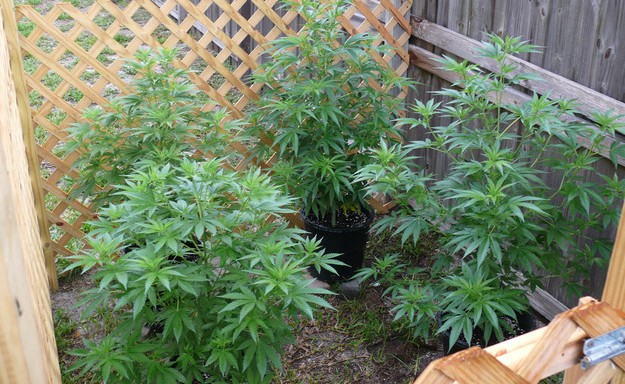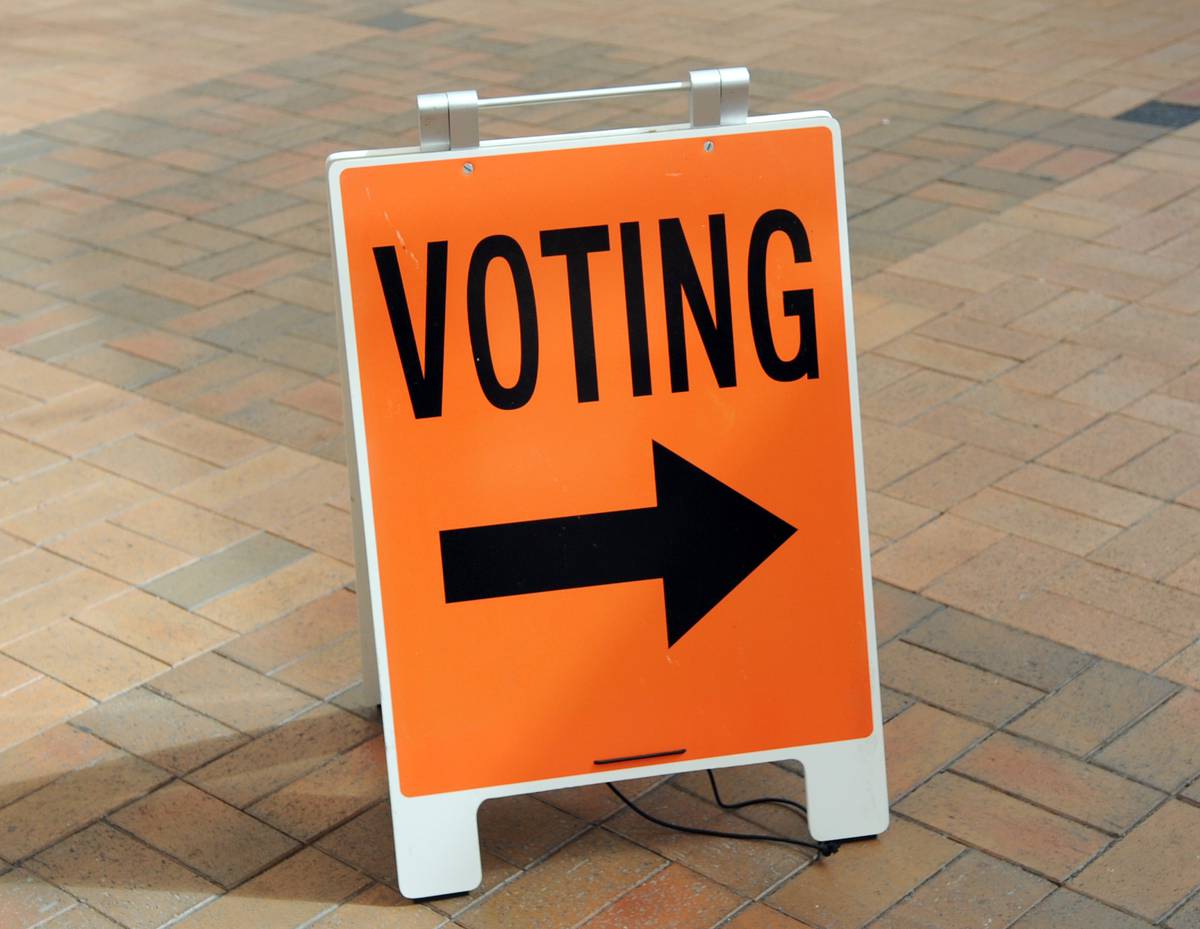Dr Muriel Newman
nzcpr.com
In early July the Electoral Commission sent out 3.27 million personalised information packs for this year’s General Election. On Saturday 19 September we will not only be asked to vote for the party we would like to be the next government and the candidate we would like as our local Member of Parliament, but also whether we support or oppose the legalisation of voluntary euthanasia and the recreational use of cannabis.
Along with enrolment details, the packs contained referendum pamphlets.
The euthanasia leaflet explains that voters will be asked whether they support or oppose legislation giving people the right to choose to die. While the controversial End of Life Choice Act was finally supported by Parliament after a prolonged and heated public debate, it will only become law if it receives the approval of the majority of New Zealand voters in September’s binding referendum.
While supporters of the law change believe someone who is terminally ill should have the right to chose when to end their life, opponents remain concerned about the potential for the manipulation of those who are sick and vulnerable. They believe the current medical system is able to adequately support people in the final stages of their life.
The cannabis leaflet explains that voters will be asked whether or not they support the proposed Cannabis Legalisation and Control Bill to make recreational dope smoking in New Zealand legal for those aged 20 and above. The results of this indicative referendum are not binding on the new government.
Instead of explaining the objective of the legislation is to legalise the recreational use of cannabis, the Government’s pamphlet claims it is to “reduce harm”. This deliberate attempt to sanitise the purpose of the law change justifies concerns that, in true Orwellian-style, the Government may try to manipulate the referendum vote by disseminating propaganda as the truth.
Broadcaster Mike Hosking was outraged by the pamphlet: “So the con continues to unfold from the government over the cannabis vote in September. In my holiday mail was the official pamphlet, direct from the politburo. Putin would have been proud of it… it reads ‘the bill’s purpose is to reduce harm to people and communities’. No, it isn’t. The bill’s purpose is to legalise, or not, something that is currently illegal. You are voting yes or no, legal or illegal, nothing more.”
Mike wondered whether the Government’s website at www.referendums.govt.nz is “as gerrymandered and biased as the pamphlet”.
The answer is yes. While the website provides detailed information about how the law would work, it does not outline any of the public concerns about widespread cannabis use.
Mike Hosking says, “You know what? The no vote deserves to win, not only because it’s the right health and social outcome, but because the government have been dishonest in putting their case forward. They simply can’t be trusted. They say they have no view, they’re lying. They say they’re neutral, they’re lying. The pamphlet is a snow job masquerading as advice. This isn’t, nor has it ever been, a level playing field.”
He’s right.
When the referendum was first announced, most people expected that the official information provided to voters would cover both sides of the debate – the case in favour of a law change and the case against.
Since the Government has failed to cover the case against the cannabis law change, let’s outline some of the concerns here.
Respiratory specialist Professor Richard Beasley, the Director of the Medical Research Institute, says that while the adverse effects of cannabis use such as “dependence syndrome, impaired adolescent psychosocial development and mental health, and increased risk of motor vehicle crashes” are all well recognised, the adverse respiratory effects are not.
He explains that cannabis is much more damaging to the lungs than tobacco: “One cannabis joint is equivalent to between 2.5 and 5 tobacco cigarettes for adverse effects on lung function. This dose equivalence is consistent with the reported 3 to 5 fold higher levels of carboxyhaemoglobin and tar inhaled when smoking a cannabis joint compared with a tobacco cigarette of the same size.
“One cannabis joint is similar to 20 tobacco cigarettes in terms of lung cancer risk. While this is a crude estimate, it is consistent with the observation that smoking ‘a few’ cannabis joints a day causes similar abnormal cellular changes in the airways as smoking 20 to 30 tobacco cigarettes.”
Professor Beasley’s recommendations, which are the exact opposite of what the Government is now proposing, state: “It seems reasonable to conclude that public health programmes which are targeted to reduce harm from tobacco smoking need to include greater initiatives to reduce cannabis smoking, and should be directed particularly at younger people. While the major concerns regarding cannabis smoking are appropriately focussed on the mental health effects, it is important that the public is also informed about the potential respiratory effects, so they can make an informed choice, as with tobacco smoking.”
Instead of discouraging pot smoking to reduce lung cancer and save lives, the Government intends endangering lives by normalising cannabis use – in spite of saying they are committed to the goal of New Zealand becoming smoke-free by 2025.
Surely referendum voters should be informed of these crucial health facts.
The US State of Colorado, which legalised cannabis in 2012, provides an indication of what could be in store for New Zealand if the “yes” vote wins.
The State’s former District Attorney Bob Troyer outlined their disastrous experience: “In 2012 we were told Colorado would lead the nation on a grand experiment in commercialized marijuana. Six years later, where has our breathless sprint into full-scale marijuana commercialization led?
“Now Colorado’s youth use marijuana at a rate 85 percent higher than the national average. Now marijuana-related traffic fatalities are up by 151 percent. Now 70 percent of 400 licensed pot shops surveyed recommend that pregnant women use marijuana to treat morning sickness…”
He explained that the commercialisation of cannabis did not result in the claimed boost in tax revenue – because the meagre gains were more than “washed out” by the additional costs of public health, public safety, and regulation. Nor was the cannabis black market eliminated – as claimed. Instead it exploded after commercialisation as sophisticated drug traffickers and money launderers moved in under the cover of legalisation.
Young people, whose brains are the most vulnerable to cannabis addiction, were not protected by the laws, but were instead targeted by commercial producers who hooked them with marijuana pizzas, high potency candy, and consumption equipment that avoided detection at school, such as vape devices that masquerade as highlighter pens.
Bob Troyer says, “I’m not sure the 55 percent of Coloradans who voted for commercialization in 2012 thought they were voting for all this”.
Canada, another country that recently legalised cannabis, showed an escalation in use by teenagers and young people, as well as a significant rise in the number of people driving after smoking dope.
This week’s NZCPR Guest Commentator is Dr James Farmer QC, an Auckland barrister who has examined the Government’s proposed cannabis law change and raises a multitude of serious concerns:
“My understanding, based on public commentary and my own enquiries of Green Party politicians (who are the prime drivers of the referendum), is that the major justification for legalising the supply and use of cannabis products is that it will eliminate the black market that is the present source of supply. If we do that, so it is presumably thought, it is ok if ‘recreational’ marijuana users descend into cloud cuckoo land through the psychoactive effects of THC. We are talking of a so-called victimless crime.
“A question: are the teenage children who observe or otherwise learn of their parents’ recreational activities and who conclude that it must be ok and who take to using cannabis themselves not indeed victims? There is now a considerable body of medical research and experience that establishes beyond doubt that the effect of cannabis on the development of the teenage brain (and indeed up towards mid-twenties) is very harmful, at best inhibiting learning and motivation, at worst triggering schizophrenia and other enduring psychotic illnesses.”
It’s not just young people who can develop devastating psychotic illness through cannabis use – former lawyer Elizabeth Baird experienced these downsides as an adult.
At the peak of her addiction she drove at 165 km per hour across Auckland’s Harbour Bridge, believing her car’s boot was a portal to a parallel universe. Ramming her car into the back of another, she was fortunate that neither she nor the other driver was seriously injured. She avoided Police charges because her psychiatrist declared she was insane.
It was in 2010 that Elizabeth Baird had bought a packet of synthetic cannabis from her local dairy to help cope with stress: “I assumed that if the substance I was smoking was legal then it must have been okay.”
At first she only smoked occasionally, but later things spiralled out of control and she was diagnosed with bipolar disorder, which she believed was triggered by cannabis use.
She started smoking natural cannabis: “I’d convinced myself that synthetic cannabis was bad and that marijuana, being a natural substance, was good.”
Within three months of regular use she suffered more psychotic episodes, and the following years were a saga of drugs, paranoia, and mental health wards. She lost her job and access to her children, and while she is now rebuilding her life, she still needs on-going medication to counter the damage to her brain caused by cannabis.
Elizabeth Baird opposes the legalisation – and normalisation – of cannabis: “I can see mothers like me going to dinner parties in the future and being offered a toke of cannabis because ‘it is now legal’. They are part of a demographic who would never have dreamed of being involved in illicit drugs.”
Looking back, she says she had no appreciation of the damage that could be caused by regular cannabis use, and she worries that while some people can use cannabis casually, for others, it is a gateway to addiction and more serious drugs. “For that reason, I don’t think cannabis should be legalised. Laws are designed to protect the vulnerable members of our community. That includes young people and those who are predisposed to mental health problems or addiction.”
If the “yes” vote wins it will soon be legal to purchase 30 or so joints a day.

It will be legal to grow two cannabis plants per person, with up to four per household. One mature plant is presently said to be worth around $1,000 in street value.

While the Government claims children will not be impacted by the law change, it is difficult to see how, since the Bill allows cannabis to be grown at home, it encourages “social sharing”, and it legalises cannabis edibles like drinks, cookies, pizza and gummy bears.

While the law allows the establishment of cannabis coffee shops and BYO cafes, it prevents local councils and communities from specifying where they can be set up.
With more road fatalities now involving drivers with drugs in their system than with excess alcohol, the danger on our roads can be expected to increase as more New Zealanders use cannabis.
In spite of the chemical in marijuana that makes people feel “high” able to remain in the body for several days or even weeks, the Bill is silent on the implications for workplace safety and for the work readiness of those on job seeker benefits.
Advance voting for the General Election starts in 5 weeks on September 5, and while the election results will be revealed once the polling booths close at 7 pm on September 19, the referenda results will not be available for almost two weeks: provisional results will be announced on October 2, with the final results a week later on October 9.
If you enjoyed this BFD article why not share it with others?

